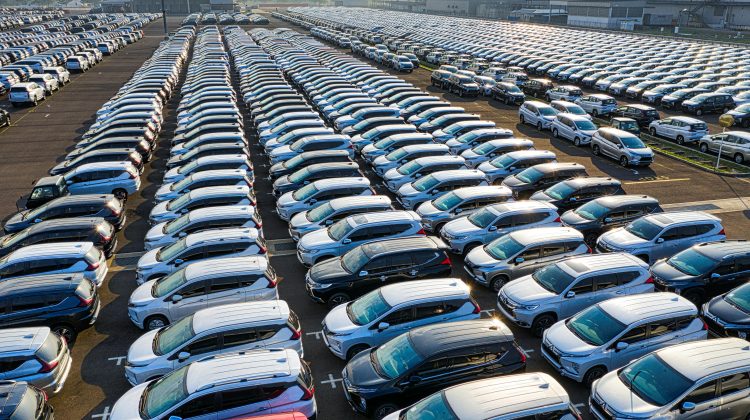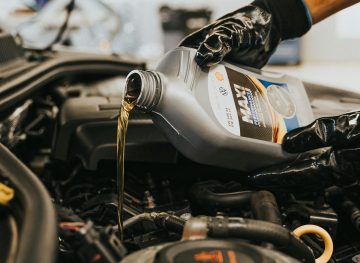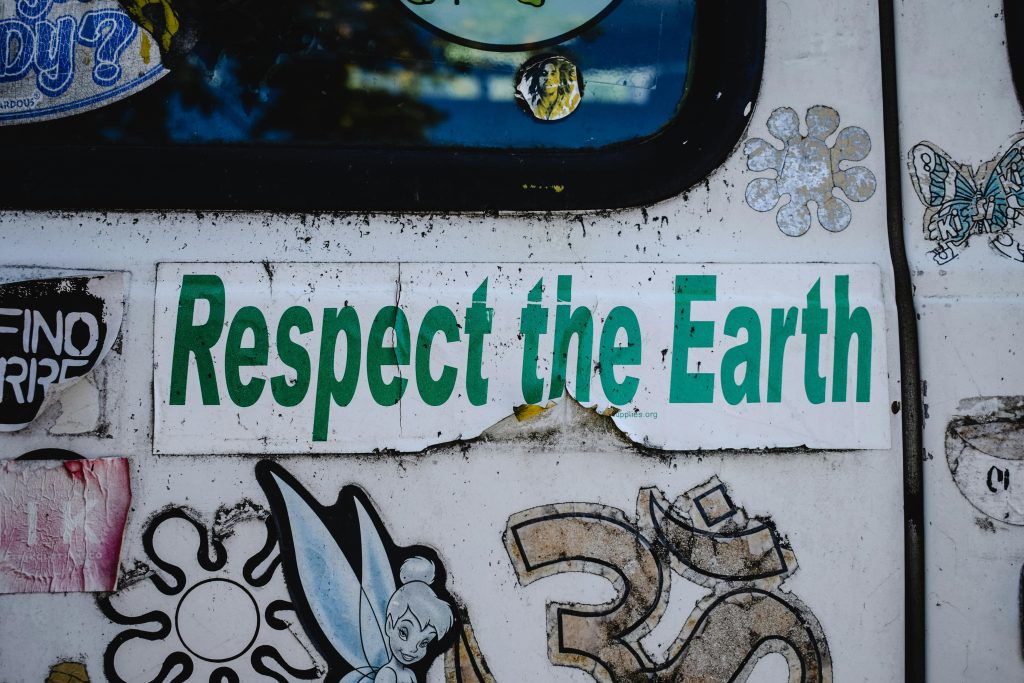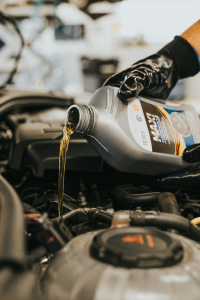You don’t have to be driving the latest electric vehicle (EV) or hybrid to lower your car’s environmental impact. Don’t get me wrong—those technologies are great for cutting emissions. But if, like most people, you’re still driving a regular old gas-powered car, there’s still plenty you can do to minimize your carbon footprint. A lot of it comes down to basic car care and, most importantly, keeping your vehicle on the road longer.

Here’s the thing: Building new cars—even the most eco-friendly electric models—requires a huge amount of energy and resources. Steel, aluminum, plastics, rare metals, and other materials go into making each new vehicle, and producing them emits a significant amount of greenhouse gases. When you extend the lifespan of your current car, you delay the need to manufacture a new one. It’s a simple way to reduce your impact without having to spend tens of thousands on a new vehicle.
1. Regular Maintenance: The Key to Longevity
If you want to keep your car running longer and more efficiently, there’s no getting around it: maintenance is non-negotiable. Think of it like going to the doctor for regular checkups. Sure, you can skip them, but you’ll likely regret it when a bigger problem crops up down the road.
Oil Changes
Changing your oil on time is a big one. The internal parts of your engine are under constant stress. Clean, fresh oil ensures everything runs smoothly and reduces friction. If you push your car’s oil too far beyond the recommended change interval, it can cause parts to wear out faster, leading to repairs or, worse, engine failure—potentially cutting your car’s life short.

Tire Maintenance
Keep your tires inflated to the recommended pressure. Underinflated tires create more rolling resistance, which means your engine has to work harder, burning more fuel and emitting more CO2. Properly inflated tires also wear more evenly, which means they’ll last longer, reducing the amount of raw materials needed to produce new tires.
Air Filters and Spark Plugs
A clogged air filter can reduce fuel efficiency by making it harder for your engine to get the air it needs to function properly. Replace the air filter when it’s dirty—it’s a quick, inexpensive fix that can improve fuel economy. Spark plugs, too, play a crucial role in how efficiently your engine burns fuel. Worn plugs can cause misfires, reducing your car’s performance and increasing emissions.
2. Consider Repairs Instead of Replacement

When faced with a big repair bill, it’s tempting to think about trading in your old car for a newer model. But more often than not, repairing your existing vehicle is better for the environment—and your wallet. Even a pricey repair, like replacing a transmission or engine, has less of an environmental impact than producing a brand-new vehicle.
In many cases, cars that have been well-maintained can easily run for 200,000 kilometers or more. By investing in repairs rather than replacing your car, you’re essentially giving it a second life—and keeping more waste out of scrapyards and landfills.
3. Choose High-Quality, Eco-Friendly Parts
If you do need to replace parts, consider opting for remanufactured or recycled components when available. Remanufactured parts are essentially rebuilt from used ones, saving on the energy and materials that would be needed to make new parts from scratch. This keeps more materials in circulation and reduces waste.
Additionally, choosing fuel-efficient or low-rolling-resistance tires can also help reduce your car’s emissions over its lifespan.

The Bottom Line
By staying on top of regular maintenance and committing to keeping your car on the road as long as possible, you’re doing your part to reduce your vehicle’s impact on the environment. While the push toward EVs and greener transportation options is important, don’t underestimate the power of taking care of the vehicle you already own. Small, consistent efforts can lead to a big reduction in your carbon footprint—and keep more cars out of the scrapyard for years to come.





